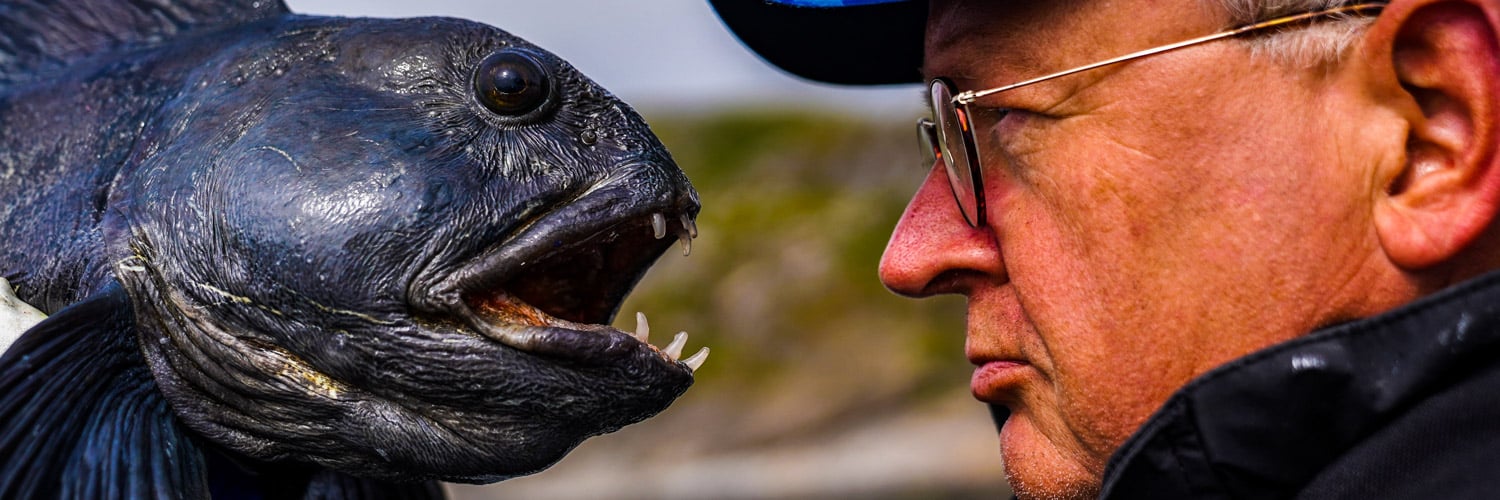

The Atlantic Wolffish, also known as the ‘Devil Fish’ or ‘Atlantic Catfish’, is a marine fish native to the North Atlantic Ocean. They primarily stationary fish, rarely moving from their rocky homes on the ocean floor. They like deep, cold water and live in depths from 20m to 500m in temperatures between −1 to 11 °C. Remarkably the Wolfish have a natural antifreeze that they produce to keep their blood moving fluidly in their icy habitat.
They are unique in appearance and a distinguishing feature, from which it gets its common name, is its extensive teeth structure. Its lower and upper jaws contain four to six fang-like, strong, conical teeth used to crush crustaceans and other food items. It’s a little known fact that the Wolffish are an essential factor in controlling Green Crab and Sea Urchin populations, which can become disruptive if left unchecked.
Although not usually a species that sea fishing anglers travel to target alone, they’re a welcome change to the larger species like Cod and Halibut and a superb species to catch on balanced tackle. Whenever anyone catches a Wolffish, other anglers usually gather round to catch a glimpse of this prehistoric monster of the deep. As a species, they don’t grow to epic proportions, and fish between 3lb to 10lb are average. However, larger specimens get landed every year, and the current record is a monster, measuring over 1.5m long and weighing in at almost 40 lb.
Below are the top destinations in the world for Wolffish Fishing.
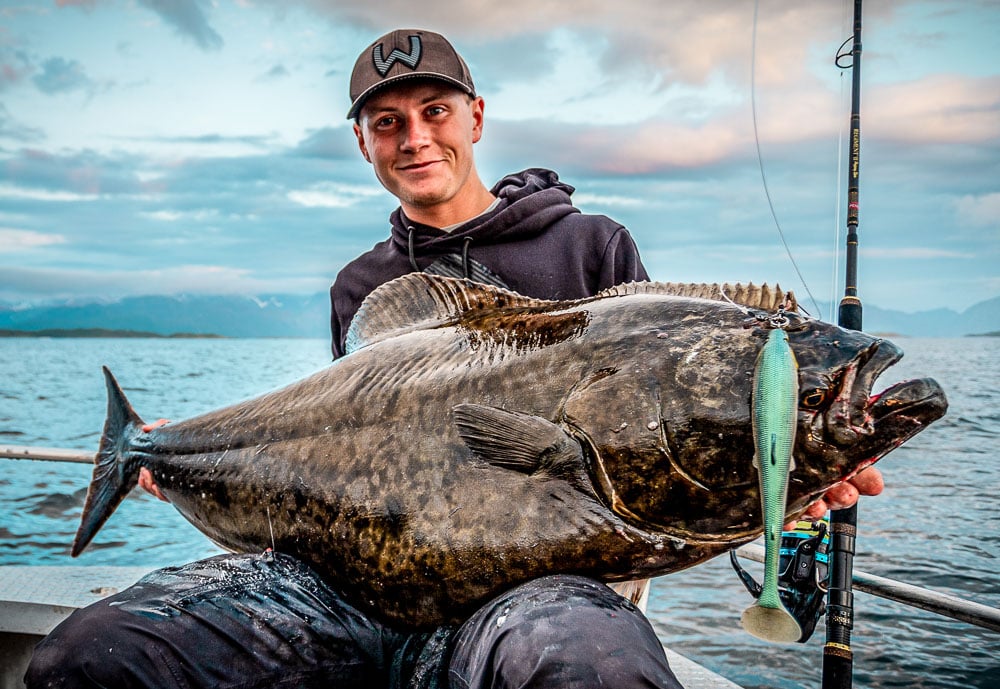

Our fully guided trips to Camp Steinfjord in Norway allows solo anglers the chance to experience the fantastic fishing the country is famous for, wetting a line for specimen sized Cod, Halibut and Coalfish without having to pay a single angler supplement. We have both Skrei Cod weeks and mixed fishing weeks available, depending on what you're looking for.


Welcome to Vesterålen located in the north of Norway surrounded by some of the most stunning landscapes the country has to offer. Known locally as the 'Kingdom of the Whales' it is home to a huge population of different species of Whales, as well as abundant numbers of Cod, Coalfish, Halibut and numerous other saltwater species.
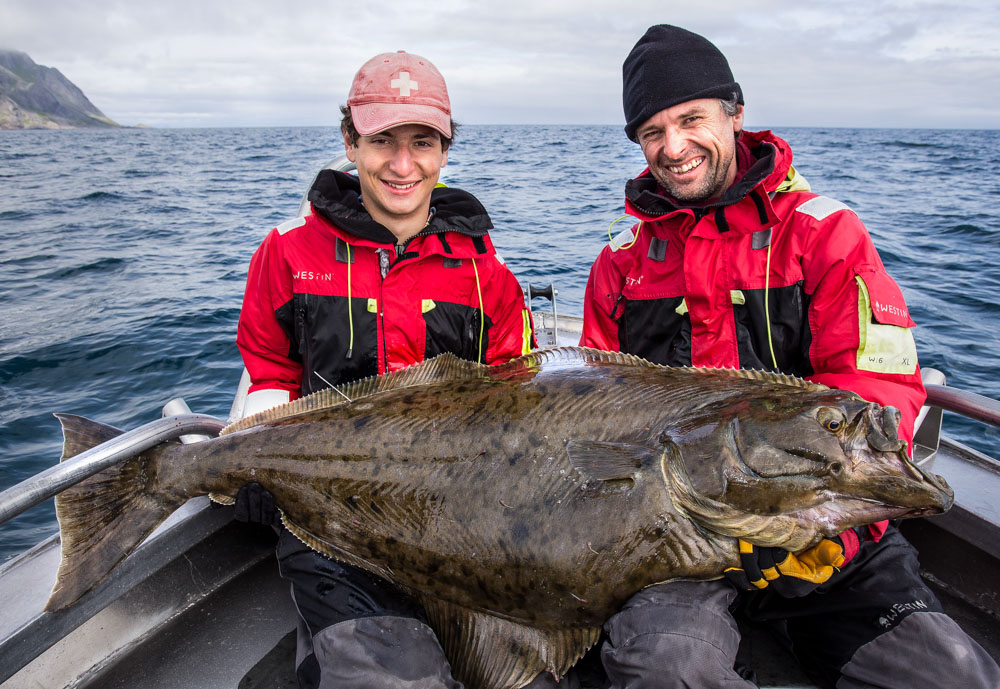

Ever fancied going to Norway to do battle with some of the hard fighting fish that this part of the world is known for and struggled to get your friends to join, well now is your chance to come on your own and fish with like minded anglers. The waters around Lofoten Islands are a magnet to the mighty Halibut plus all the usual species.
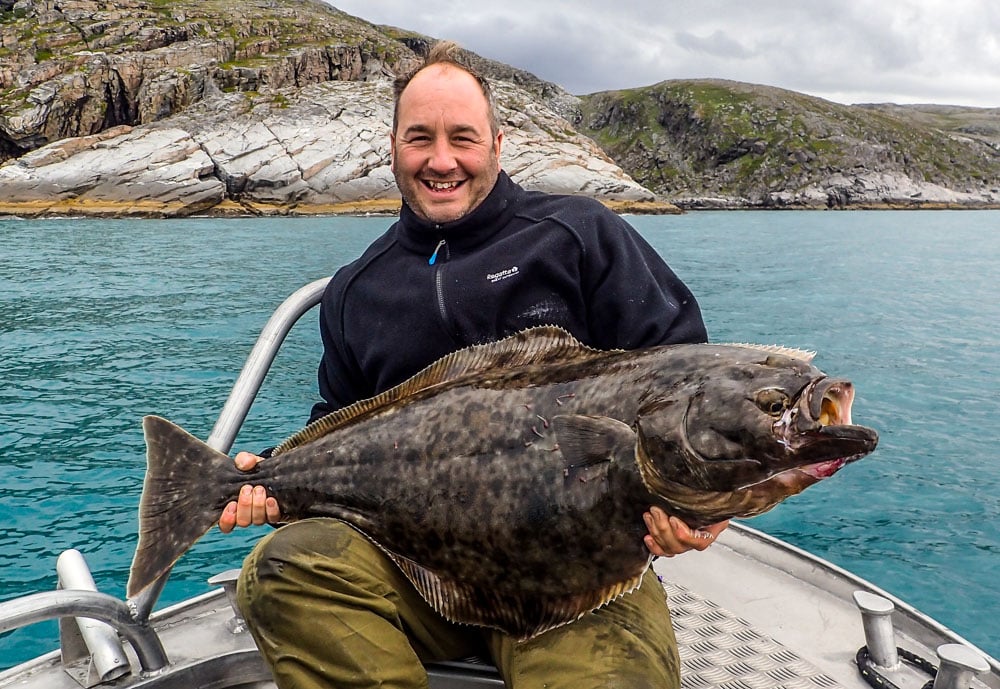

They say the most remote fishing is the best! Well, they are not wrong. Havoysund is the most northerly part of Norway you can reach and is the go-to place for and sea anglers. The sea around Havoysund is teeming with Norway’s prime species, put this with an outstanding camp and guides and you have the best fishing in Norway.


We are extremely delighted to be able to offer you a guided fishing trip to Å in Norway which is on the stunning Islands of Lofoten. This trip is guided by a Nordic Sea Angling Guide, that will be with you every step of the way helping you to get the most out of your sea fishing holiday.


This spectacular sea fishing destination is exclusive to Sportquest Holidays and includes everything you need for an action-packed weeks fishing. Å on the Lofoten Islands is famed for its giant Cod and Halibut fishing, as well as a range of other backup species like Coalfish, Plaice and Wolffish.
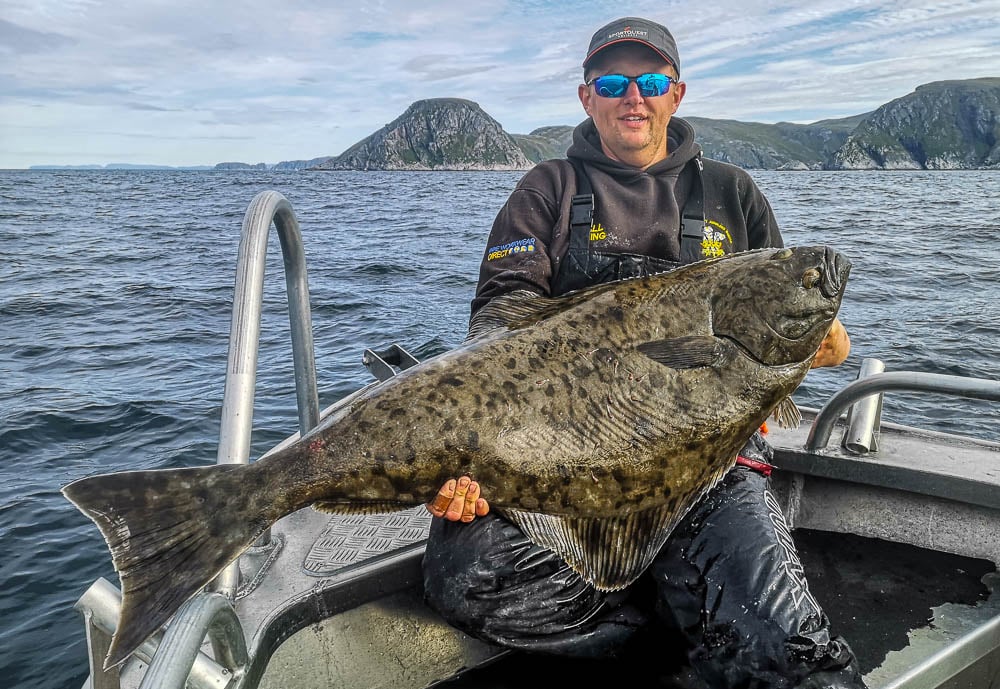

A great fully guided trip to Havoysund Norway. Truly an outstanding place in Norway with it being the most northerly part of Norway you can get to, you will agree with us that the fishing is World class. It is mainly known for the outstanding Halibut fishing on offer and is ideal for single anglers wanting to experience Norway.
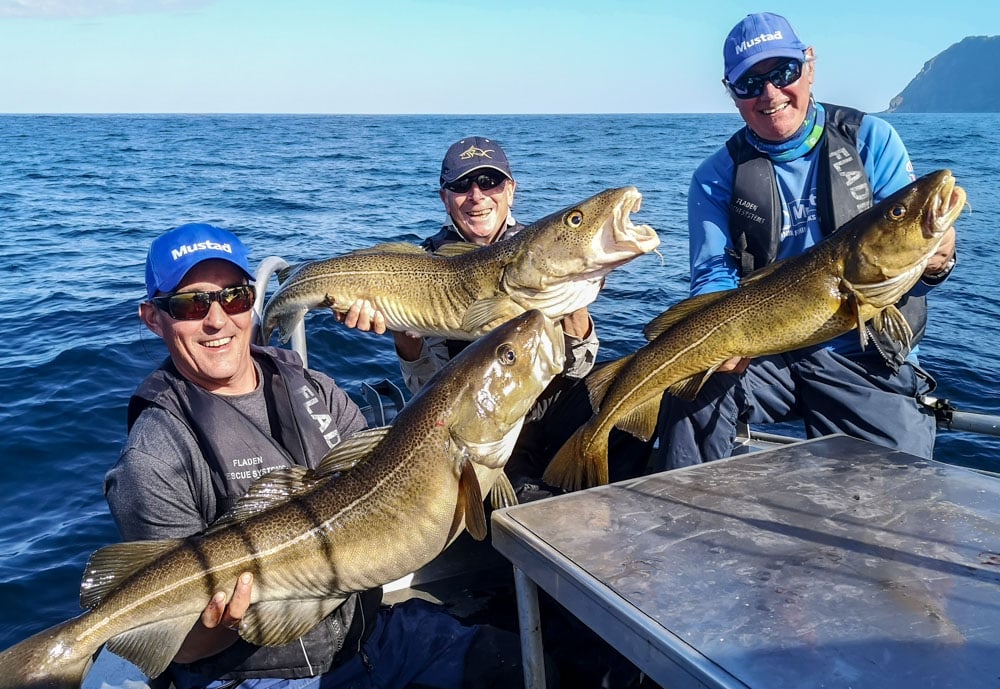

If you have been looking for a fish packed holiday set amongst some stunning surroundings then look no further than the Lofoten Islands, dubbed as one of Norway's fishing jewels. The area around the camp is famous for large Halibut and Cod and one only needs to travel a short distance to find some of the best, most productive fishing grounds.
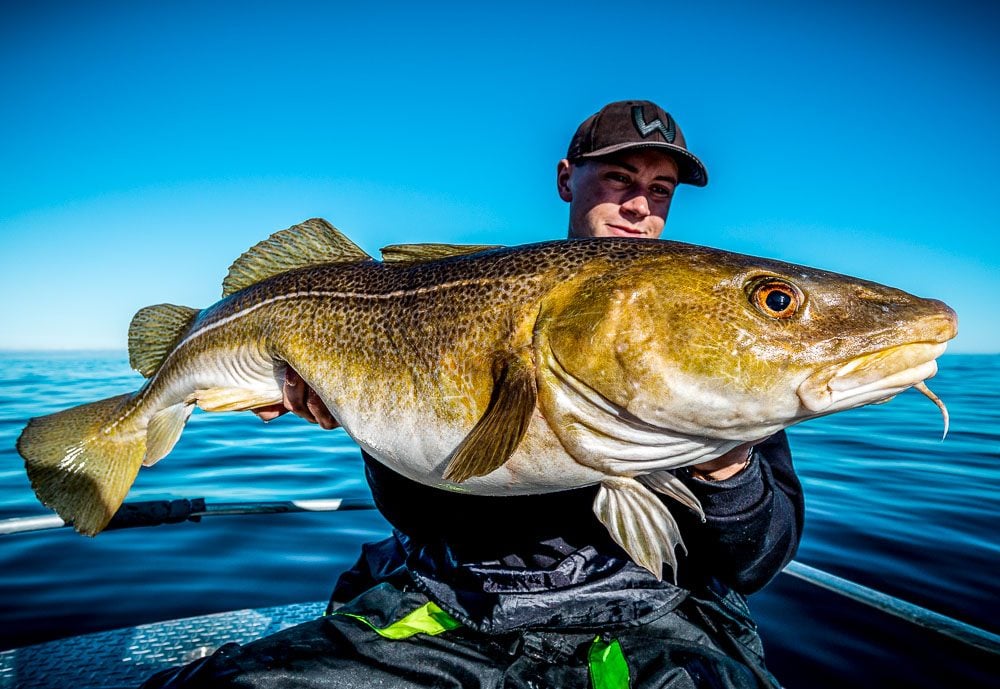

Camp Steinfjord is a modern, forward-thinking Norwegian Sea fishing camp, with everything designed with anglers in mind. Its exclusive to Sportquest Holidays in the UK and offers travelling anglers some excellent mixed fishing for Skrei Cod in the spring, resident specimens year round, Halibut, Coalfish, Plaice and Wolffish to mention just a few.
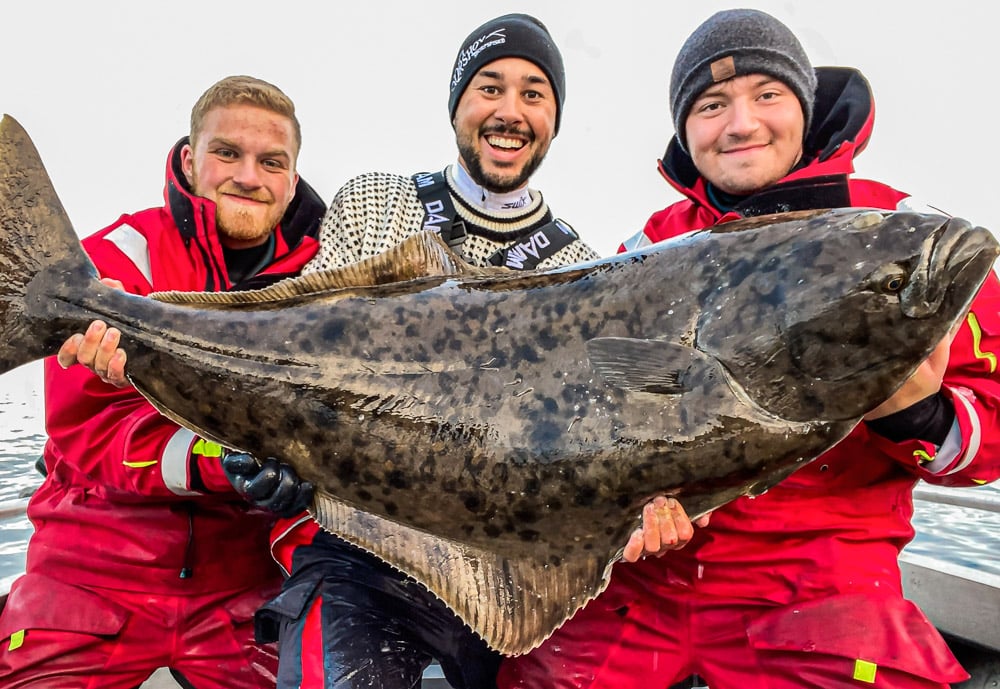

Everybody in the sea fishing community has heard of the island of Sørøya in northern Norway, primarily famed for its incredible Skrei Cod fishing, for some of the most significant specimens on the planet, including the current world record. However, through the years, it has developed into a true ‘all-year-round’ destination, allowing anglers to enjoy some incredible mixed fishing.
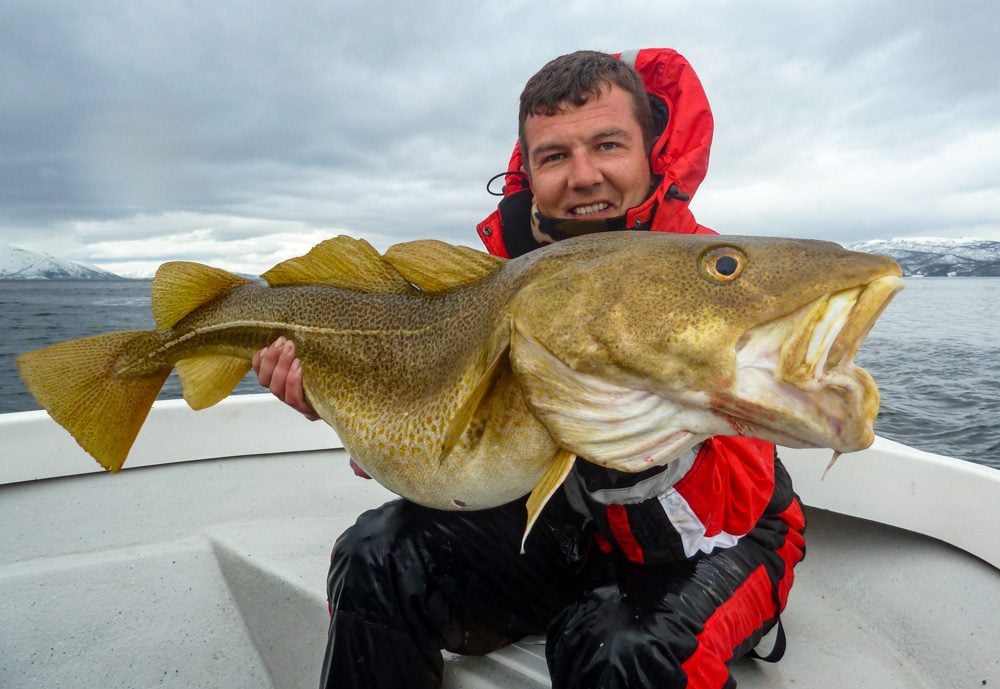

Exclusive to Sportquest Holidays, this lovely little nest of cabins in Sandbakken, northern Norway are set on the edge of a stunning fjord that offers anglers the chance to do battle with some of Norway’s largest species. Sandbakken is renowned as a fantastic mixed fishery and produces good numbers of Cod, Coalfish and Halibut.
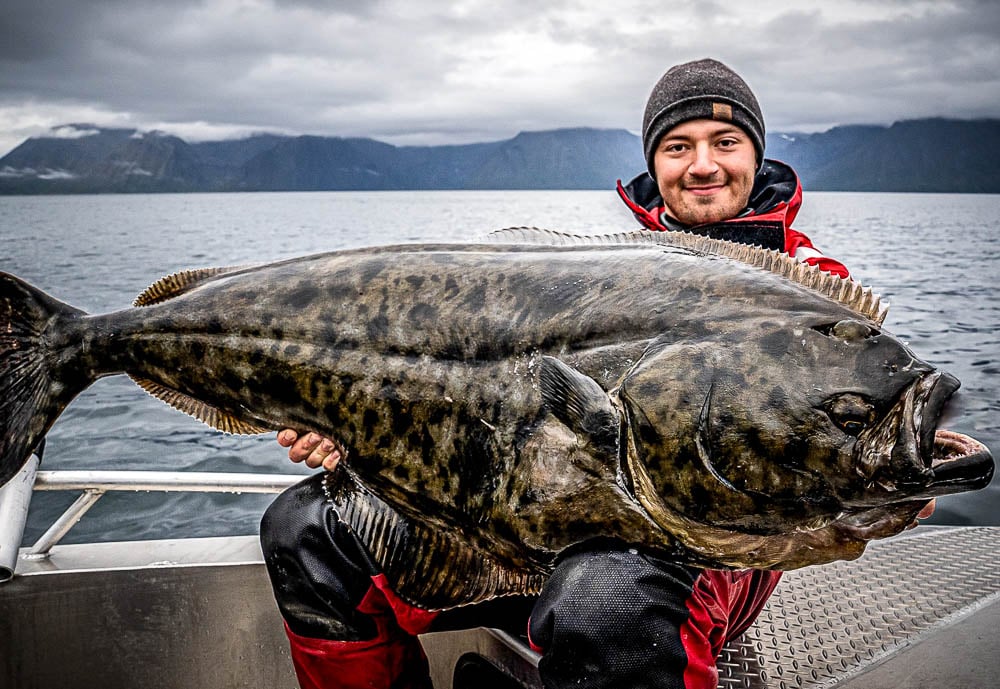

Our luxury, all-inclusive sea fishing holiday to the famous island of Soroya in Northern Norway is designed for those anglers looking for the very best. In conjunction with our partners Big Fish Adventure we're able to offer you some of the best fishing, most advanced boats, knowledgeable guides and luxurious accommodation.
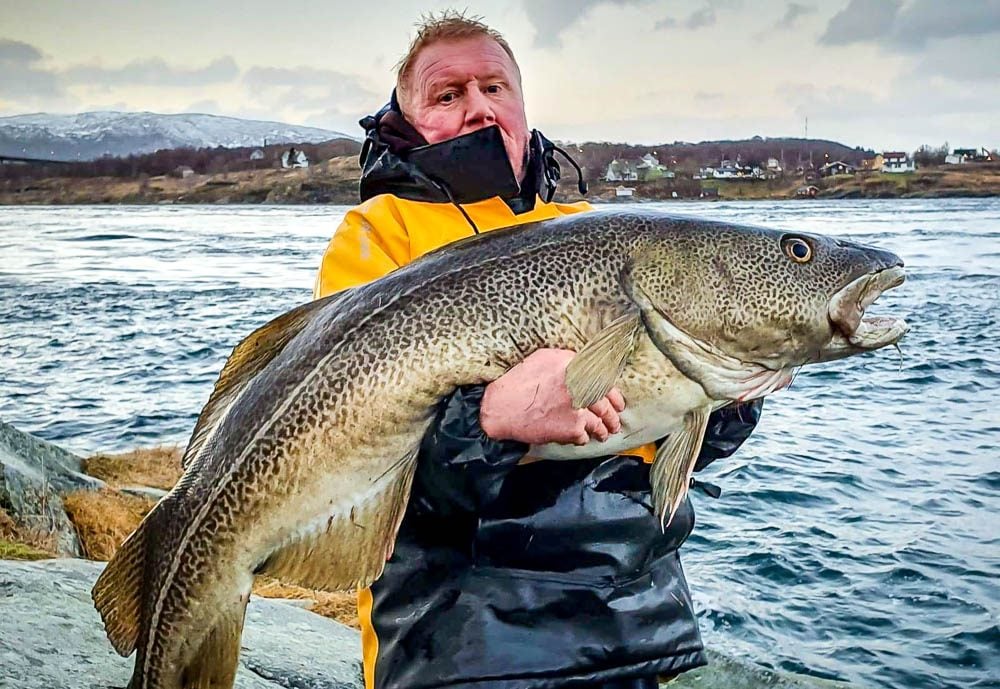

Boat fishing is not for everyone and with that in mind, we have worked hard to bring you something different. This exclusive shore fishing destination will give you the opportunity to catch one of the many sizeable Halibut which frequent these waters well within casting distance, as well as a wide range of other species that Norway is famous for.
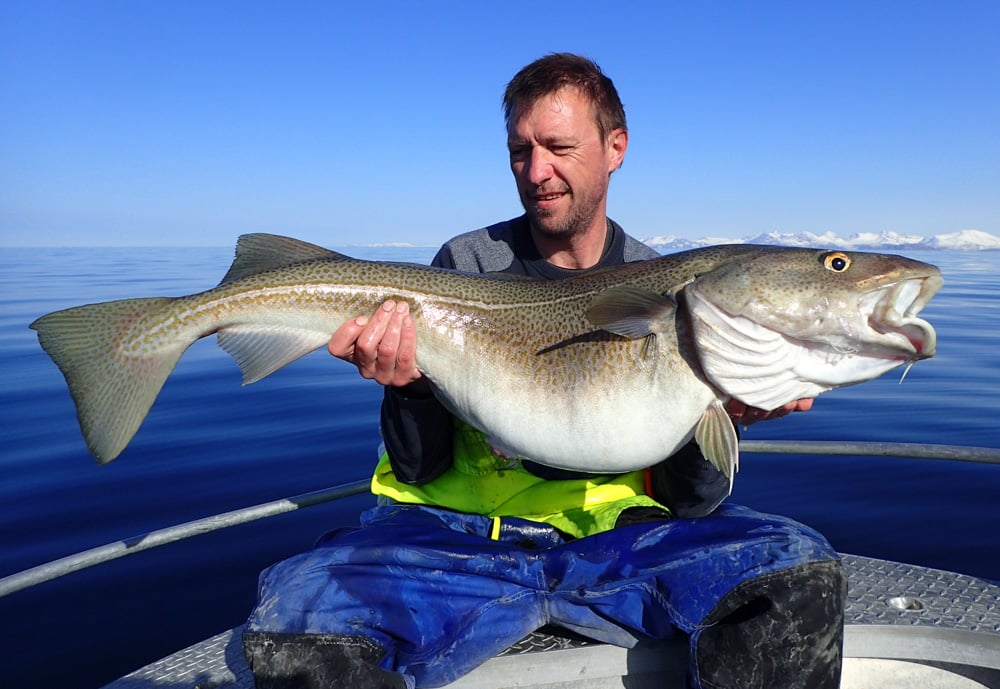

If you are looking for a family fishing holiday then Mefjord is the destination for you. Not only is this an anglers paradise with super-sized specimen Cod, Halibut and Coalfish coming out of the waters at various times of the year but there are also a huge variety of activities on offer to keep the whole family entertained.
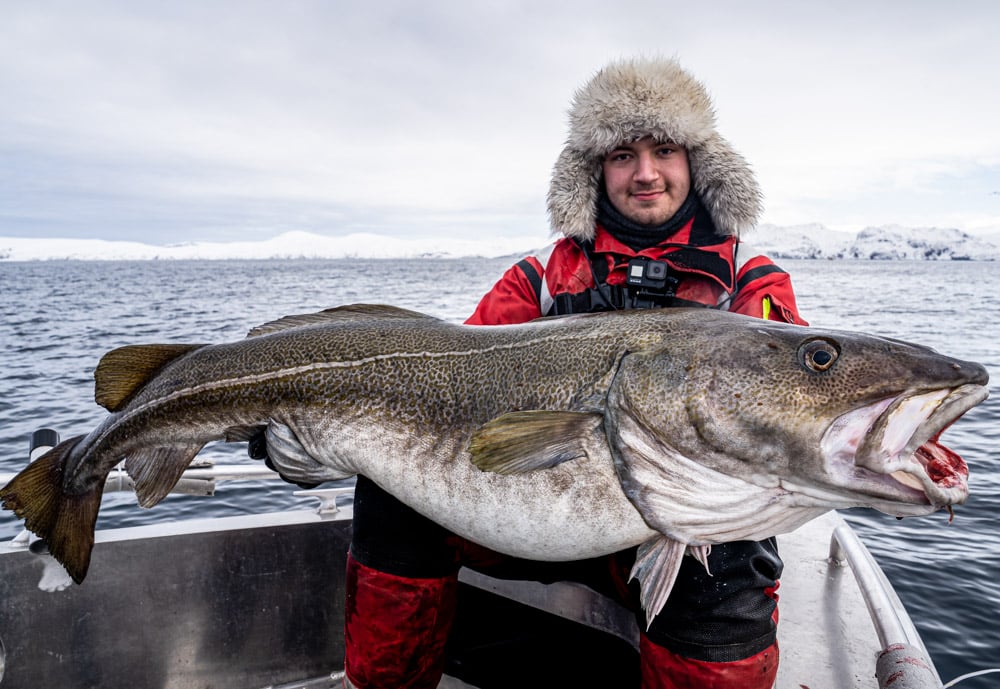

Enjoy Skrei Cod fishing on the famous island of Sørøya in Northern Norway, for some of the biggest Cod found anywhere in the world. Big Fish Adventure on Sørøya is exclusive to Sportquest Holidays and offers travelling anglers the chance to experience a Cod fishing holiday of a lifetime, with the chance of battling with a potential world record.
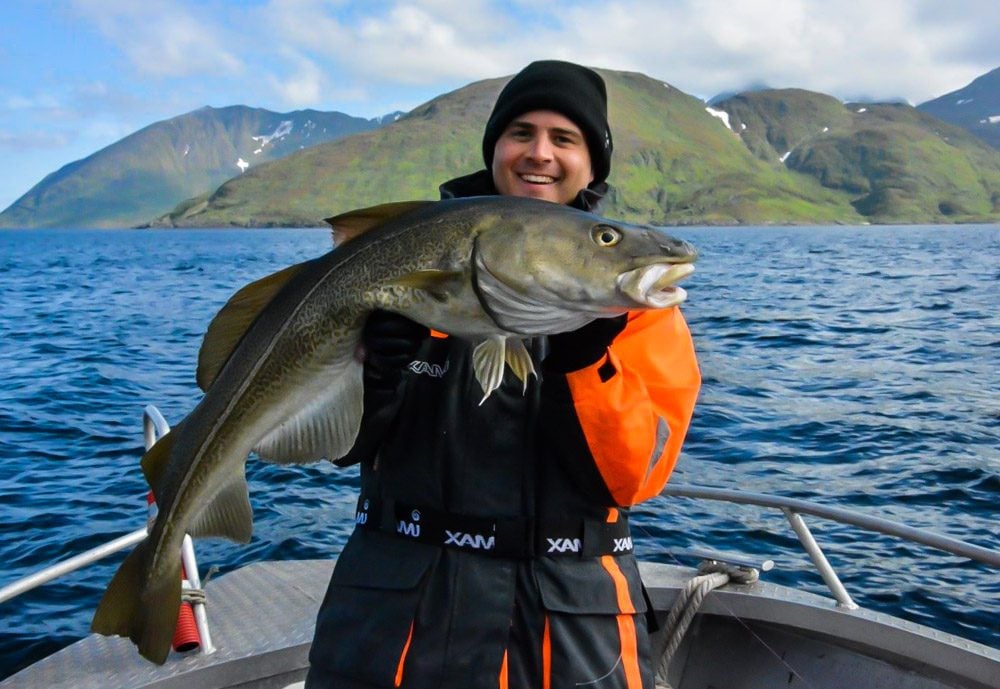

Rognsund, located in Rognsundet in the southwestern part of Seiland, is Norway's eighth most significant island and the second-largest in Finnmark, behind only Sørøya. A beautiful island destination, the sheltered waters are home to abundant numbers of Cod, Halibut, Wolffish, Ling, Redfish, and some of the very best fishing spots get found within a stone's throw of the camp.
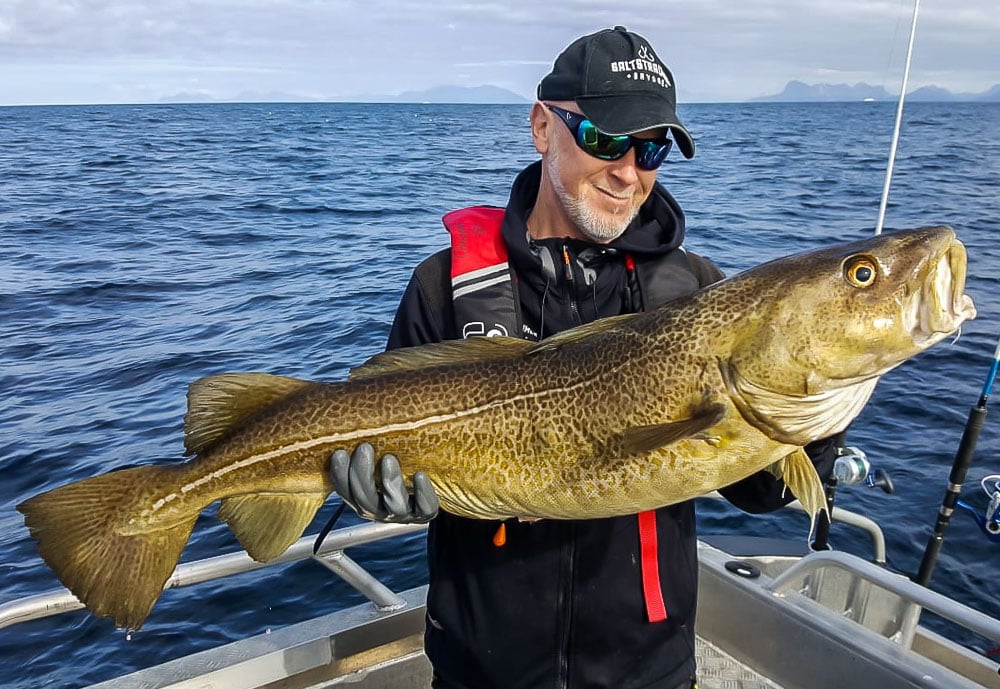

Saltstraumen Brygge in Bodø offers some of the best sea fishing in Norway. From the world-famous Strait with its huge tide and shallow water which attracts many Halibut to feed to its deeper water marks famous for holding huge shoals of Cod and Coalfish. Plaice fishing is also very good due to the sheer amount of shallow bays.
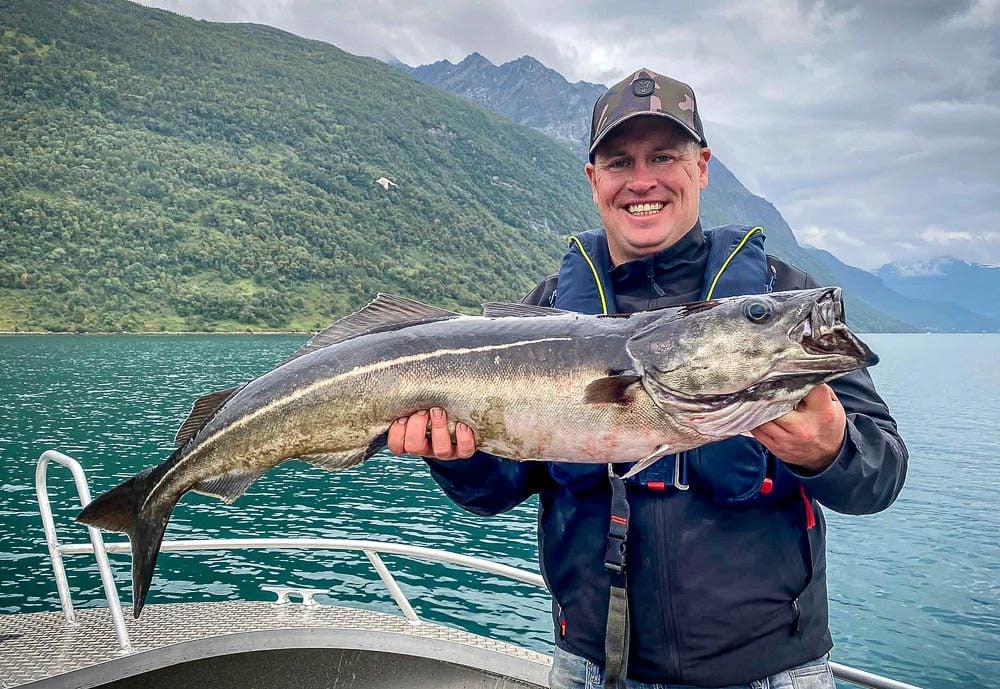

Aa-gård fishing camp is situated in Lavangen, in Troms og Finnmark county, in northern Norway. Thanks to the protection from the surrounding mountains and topography, the destination is almost one hundred percent' weatherproof' - whatever the weather, it's possible to fish nearly every day of the year.
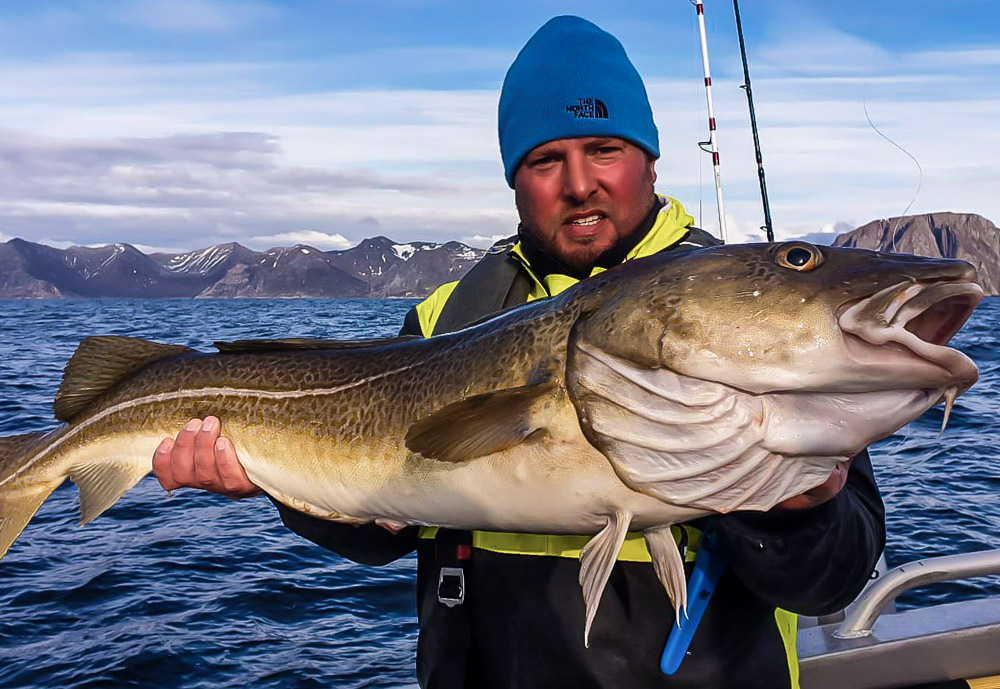

Mikkelvik Brygge is protected by the large islands of Rebbenesøya and its smaller neighbour Hersoya. As a result, the coastal waters close to the camp are generally calm, whatever the weather and very few fishing days get lost throughout the season. It's famed for its Skrei Cod fishing, as well as its fantastic Halibut and Plaice fishing.
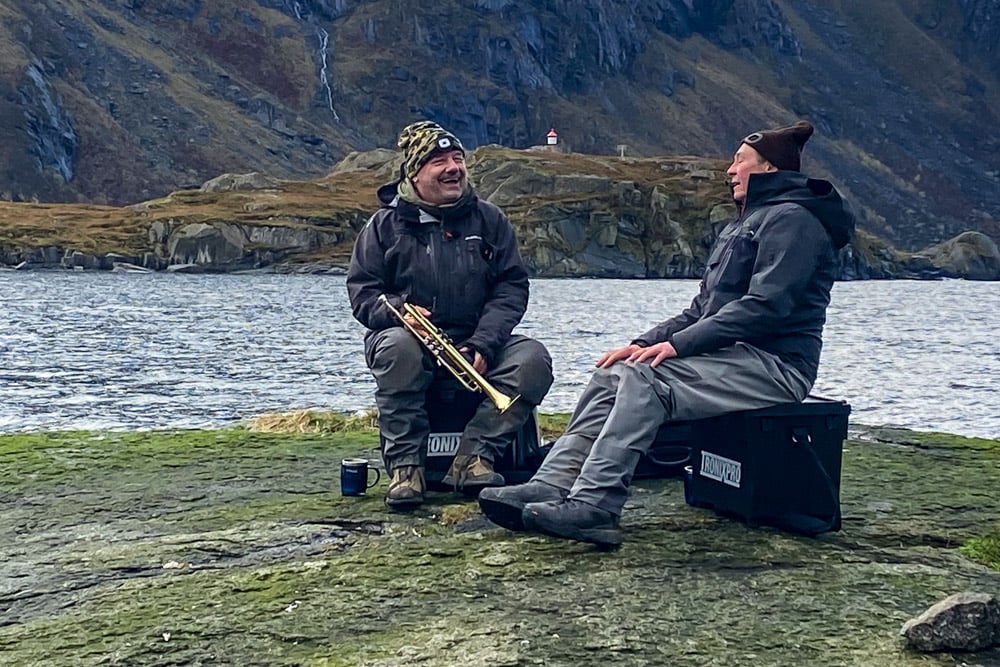

We were exceptionally proud to be involved with the Mortimer and Whitehouse Gone Fishing Christmas Special to Norway in 2022. Being the first time the programme had ventured outside the UK, it took a tremendous amount of work to produce the itinerary and cater for the thirteen-strong production team, but it was a fantastic couple of weeks away. If you enjoyed the programme, here is more information on Paul and Bob's trip and the itinerary it followed.
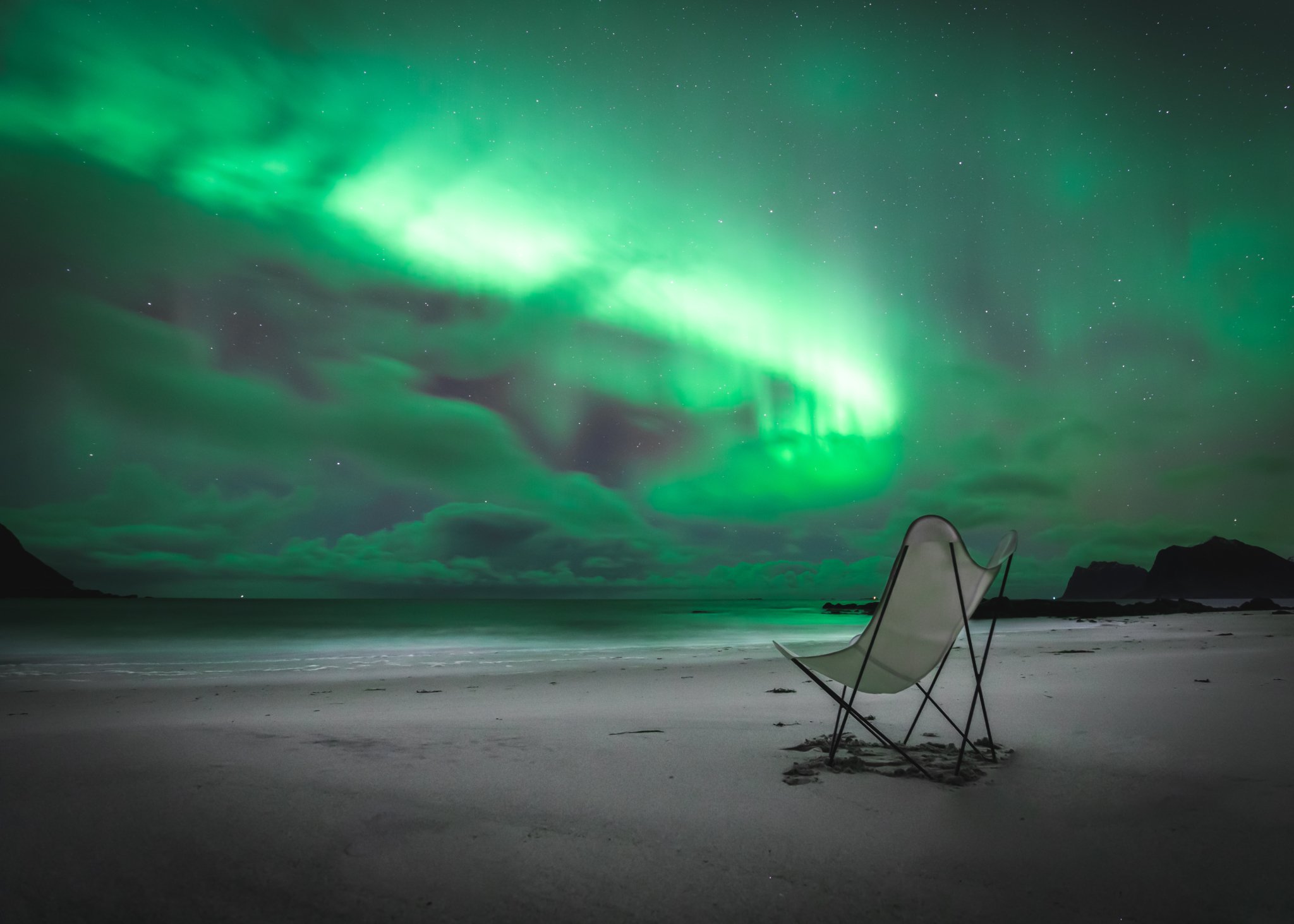

Average Customer Satisfaction Score 92%
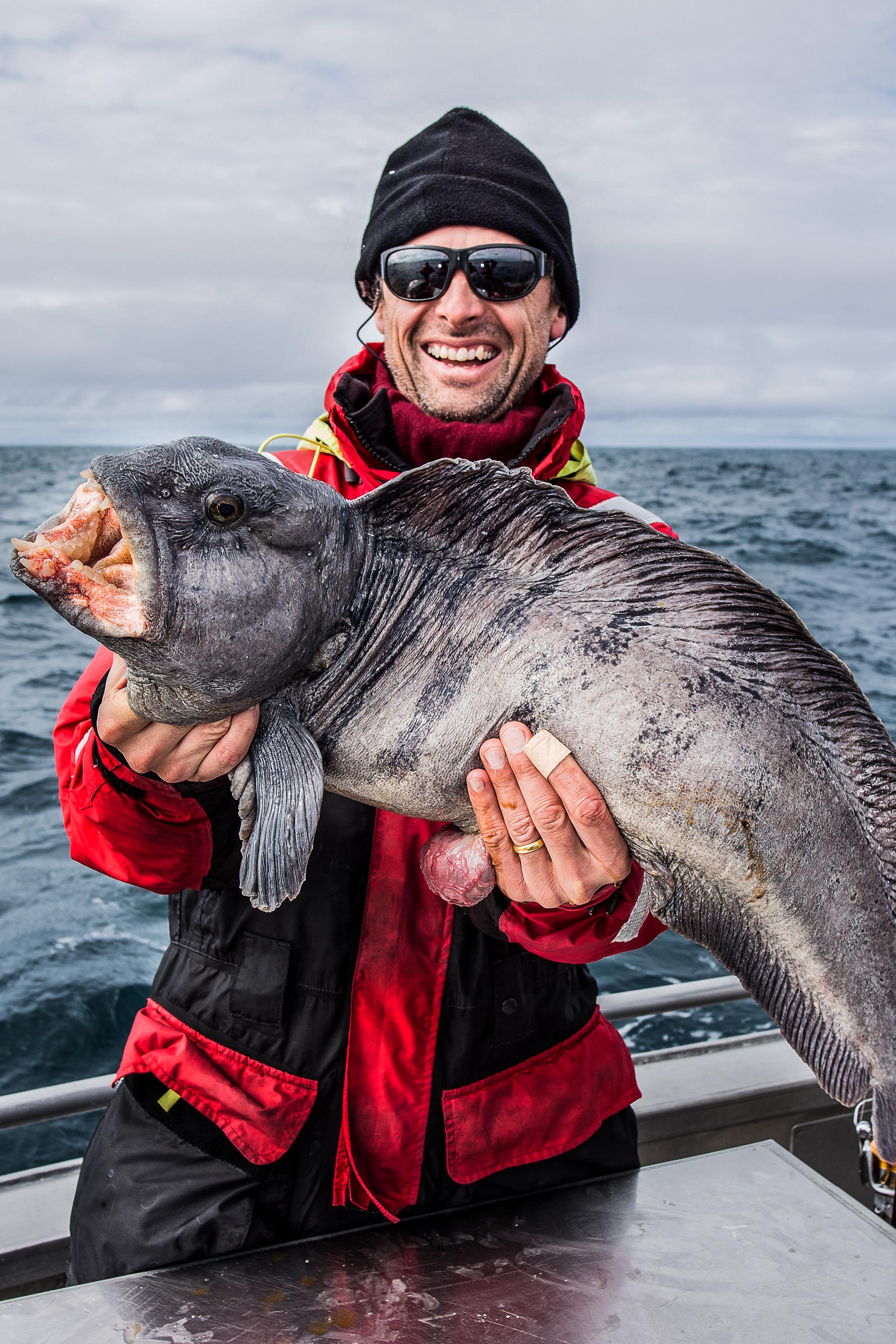

Name: Atlantic Wolffish
Also known as: Seawolf, Atlantic Catfish, Ocean Catfish, Devil Fish or Wolf Eel.
Scientific name: Anarhichas Lupus
The Atlantic Wolffish has the general external appearance of a blennie, and its long eel-like body is smooth and slippery, with its scales almost hidden under its skin. It features an even dorsal fin that extends the whole length of its back and a similar fin from the vent to the caudal fin; its pectorals are large and rounded, and the pelvic fins are absent. They can vary heavily in colour, from a dull olive green or blueish grey to a purplish-brown colour. However, their extensive teeth structure is the main distinguishing feature from which they get their common name. Its lower and upper jaws contain four to six fang-like, solid and conical teeth used to crush crustaceans and other food items, and its throat is also littered with serrated denature.
Maturing relatively late, at age six, the fish’s reproduction is unique. Unlike other fish, the female’s eggs are internally fertilized, with the male staying with the nest and protecting the eggs for as long as four months until the brood is strong enough to gain independence.
Wolffish are native to the North Atlantic Ocean and inhabit the east and west coasts. They populate the shores of Greenland, Newfoundland and Nova Scotia in the west Atlantic and throughout the Nordic countries to the east, with the likes of Norway and Iceland home to some of the largest populations.
They are primarily stationary fish, living hard on the ocean floor and rarely moving from their rocky homes. They prefer to inhabit rock formations and caves, usually living alone and only venturing to find food. Despite their somewhat intimidating appearance, they are generally considered shy and reclusive. They like deep, cold water and live in depths from 20m to 500m in temperatures between −1 and 11 °C, and remarkably, they produce a natural antifreeze to keep their blood moving fluidly in their icy habitat.
As mentioned, Norway and Iceland in Europe are two of the best destinations for anglers wishing to target wolffish and are home to some of the most significant populations. Three tours we’d recommend to anglers wanting to tick the species off their bucket list include:
Soroya Big Fish Adventures Norway
Atlantic Halibut Fishing Havoysund
Cod Fishing In Iceland
Although not usually a species that sea fishing anglers travel to target alone, they’re a welcome change to the larger species like Cod and Halibut and a superb species to catch on balanced tackle. Whenever anyone catches a Wolffish, other anglers usually gather around to catch a glimpse of this prehistoric monster of the deep.
Predominantly a bottom feeder, they use their strong jaws to crush and eat large whelks, crabs, sea urchins, clams and starfish. It’s a little-known fact they are an essential factor in controlling Green Crab and Sea Urchin populations, which can become disruptive if left unchecked.
While they are not known for eating other fish, anglers wishing to catch a Wolffish can often be rewarded by baiting the hooks of a silver pirk with a good chunk or fillet of fresh fish and bouncing this along the bottom. Wolffish won’t actively hunt or seek out anglers’ baits, and it’s often the case that an angler stumbles across one whilst fishing on the drift, especially over rocky or broken ground.
Wolffish don’t grow to epic proportions, and fish between 3lb and 10lb are average; however, larger specimens get landed every season. One of the biggest Wolffish ever caught was landed by Belgian angler Hendrickse Roland, fishing from Western Finnmark. It weighed a colossal 50.26lbs (22.8 kg) and measured over 1.5m in length.
To learn more about Wolffish, visit our YouTube channel.











